Tulip Tree Care Guide: Expert Advice To Keep Trees Healthy, Happy, And Lush
Tulip trees are big, beautiful native trees that provide great shade and increase diversity in your landscape and ecosystem. Learn how to help them thrive.

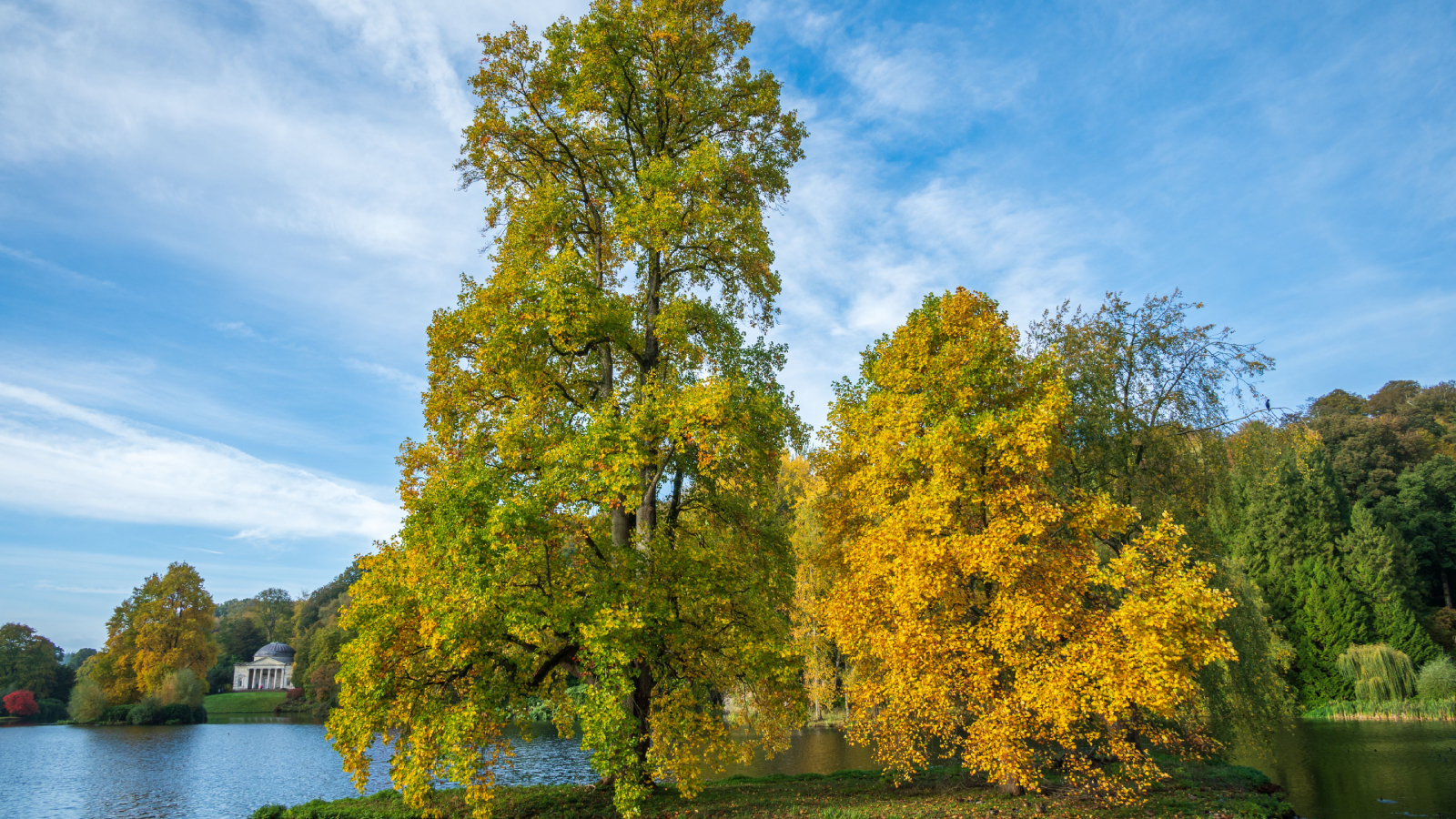
Quick Facts
Botanical name: Liriodendron tulipifera
Height: 50-150 ft. (15-46 m.)
Spread: 40-50 ft. (12-15 m.)
Sun exposure: Full sun
Soil requirements: Slightly acidic
Hardiness zones: USDA zones 4-9
When to plant: Spring, fall
Reputed among the best shade species, tulip trees are certain to please those with large enough spaces for their growth. Immense trees tower above the landscape, producing an abundance of cream-orange cupped flowers in spring. This early bloom supports garden diversity and attracts a wide variety of pollinators and beneficial insects.
Value and interest can also be found in the form of the tulip tree leaf, which closely resembles the flower's own shape. In this guide, we take a closer look at growth of this magnificent species, as well as their care needs.
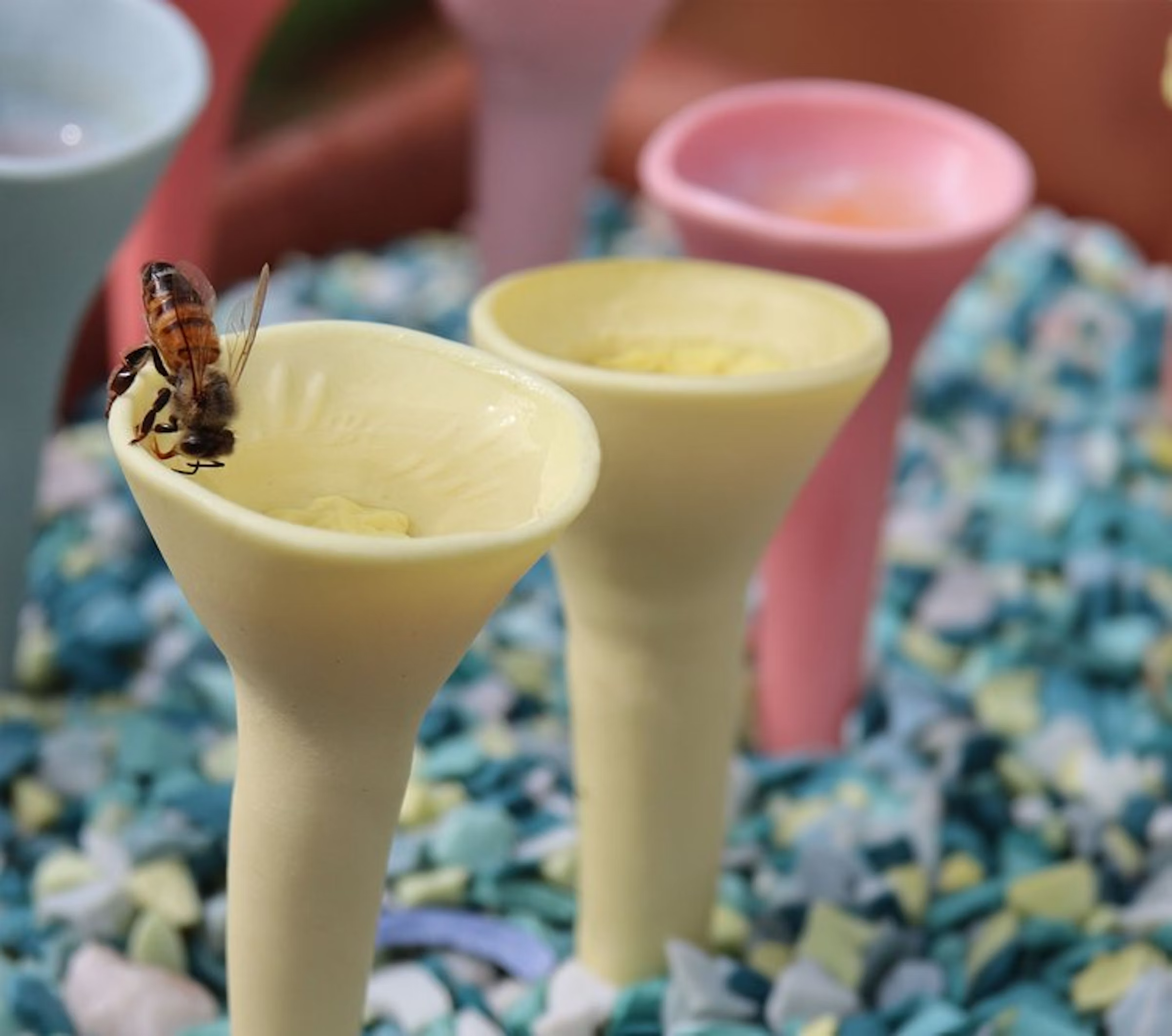
Handmade porcelain bee cups help bees and pollinators stay hydrated as they work hard in your garden. Find in the Gardening Know How Shop.
Tulip Tree Care
Tulip trees are also commonly called "tulip poplar trees" but are not poplars. They are actually a member of the magnolia family. These tall shade trees are hardy in USDA zones 4-9 and can reach 150 feet (46 m.) in height. Tulip trees are fast growing and have relatively brittle branches so placement, care, and maintenance are important considerations.
Light
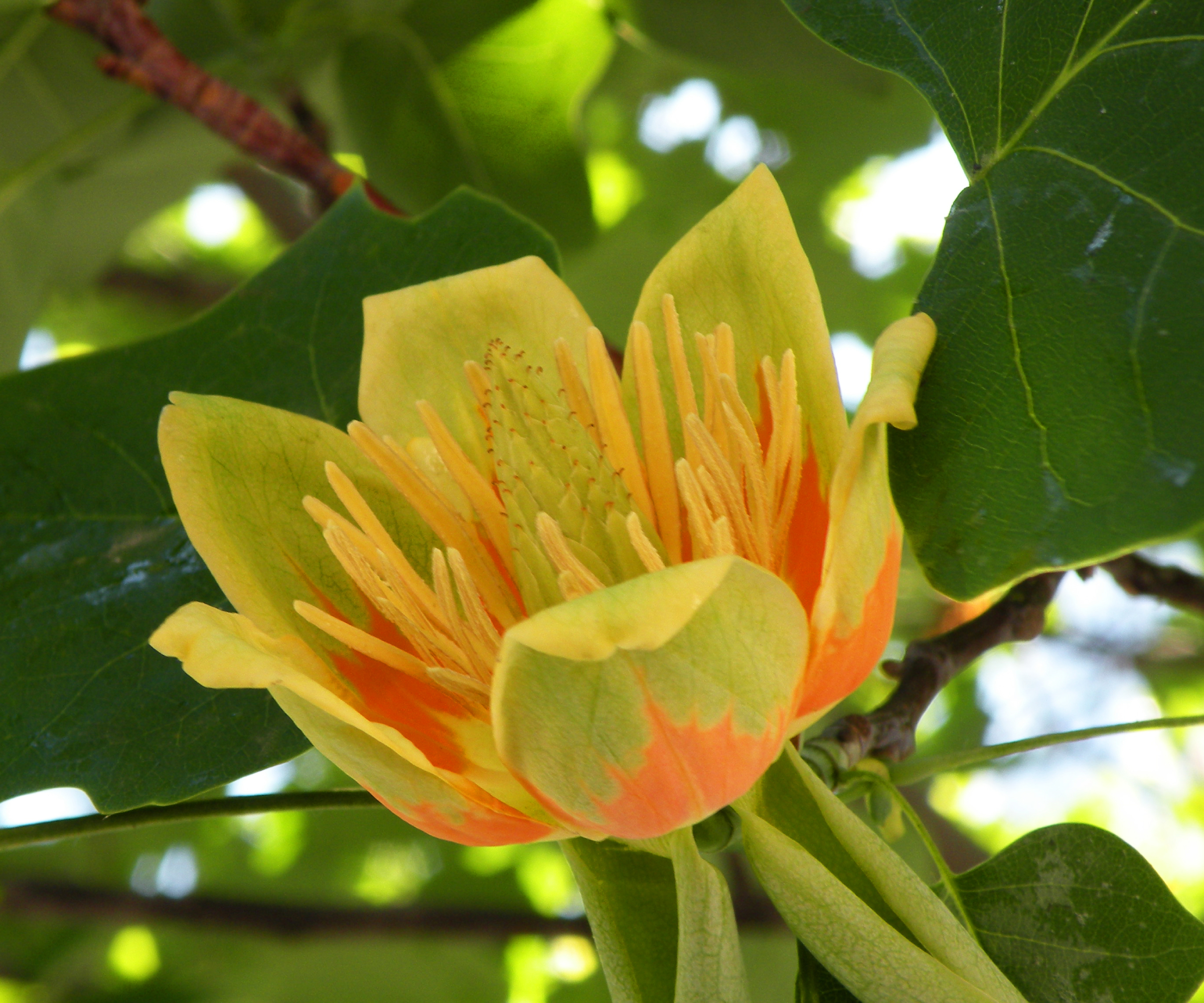
Tulip poplar trees grow best where they are able to receive full sun in the landscape, at least 6-8 hours. Adequate light will help to ensure the strongest growth and encourage the production of flowers. Though it will be possible to grow the tree where it receives some shade throughout the day, inadequate light may result in especially tall or weak growth. This may be the case near woodlands and the edges of fields, where trees are most likely to compete for light.
Water
Tulip trees thrive where conditions remain consistently moist. This is especially true of new plantings, or those situated in full sun. Weekly irrigation, watering deeply and from below, can be quite beneficial in these instances. Established specimens are unlikely to require supplemental water beyond that which occurs in the form of seasonal rainfall. There will be some exceptions, of course, in the case of extreme heat or prolonged periods of drought.
Temperature & Humidity
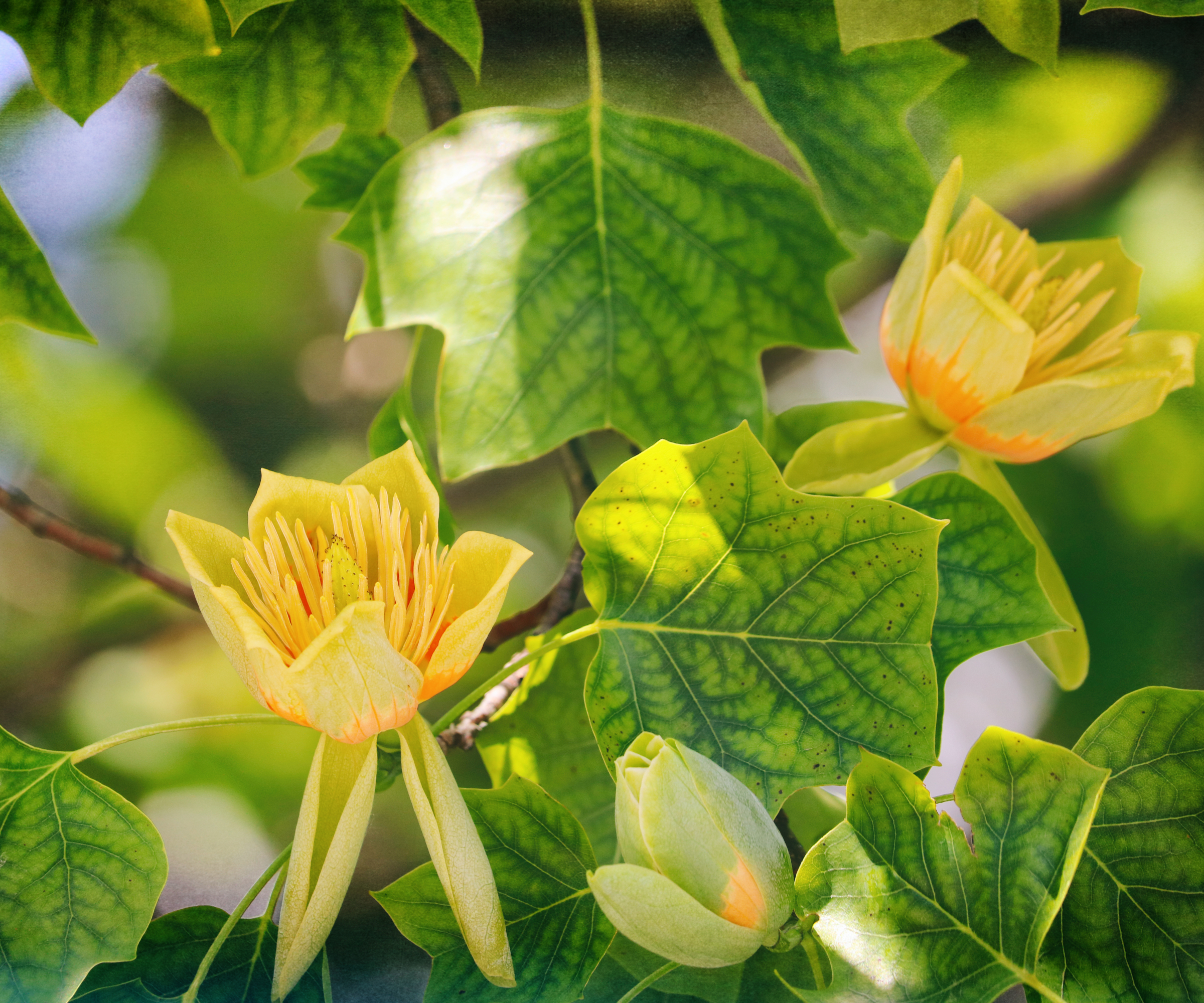
Mature trees will be well adapted to a wide range of temperatures. However, most active growth will occur when conditions are relatively mild, between 50-80 F (10-27 C.) Tulip poplar will tolerate a wide range of humidity, including high levels of moisture that may often come about through summer. Plants are generally well adapted to cold weather climates, seldom suffering from damage through winter.
Soil
Tulip poplar trees flourish when planted into a rich, loam soil. Soil may range greatly in terms of composition, containing a mix of sand, clay, and even gravel. Good drainage will be essential to their growth, with gardeners making certain to avoid planting where soils remain waterlogged. Though adaptable, a slightly acidic planting site will yield the best results, and there are easy ways to acidify soil.
Sign up for the Gardening Know How newsletter today and receive a free copy of our e-book "How to Grow Delicious Tomatoes".
Fertilizer
Once established, tulip trees will seldom require the use of fertilizer. Still, new plantings will benefit greatly from annual applications of a well-balanced, slow-release fertilizer. Equal amounts of nitrogen, potassium, and phosphorus will help to facilitate green growth, as well as encourage the development of a strong root system and good bud set.
Problems, Pests & Diseases
Tulip trees are susceptible to a variety of pests and diseases throughout their native range. Insects such as tulip tree scale and yellow poplar weevil are of special concern. Most diseases to affect the plant will relate directly to moisture and the adequate circulation of air. Wilt, powdery mildew, and problems connected to rot will be most common.
Pruning
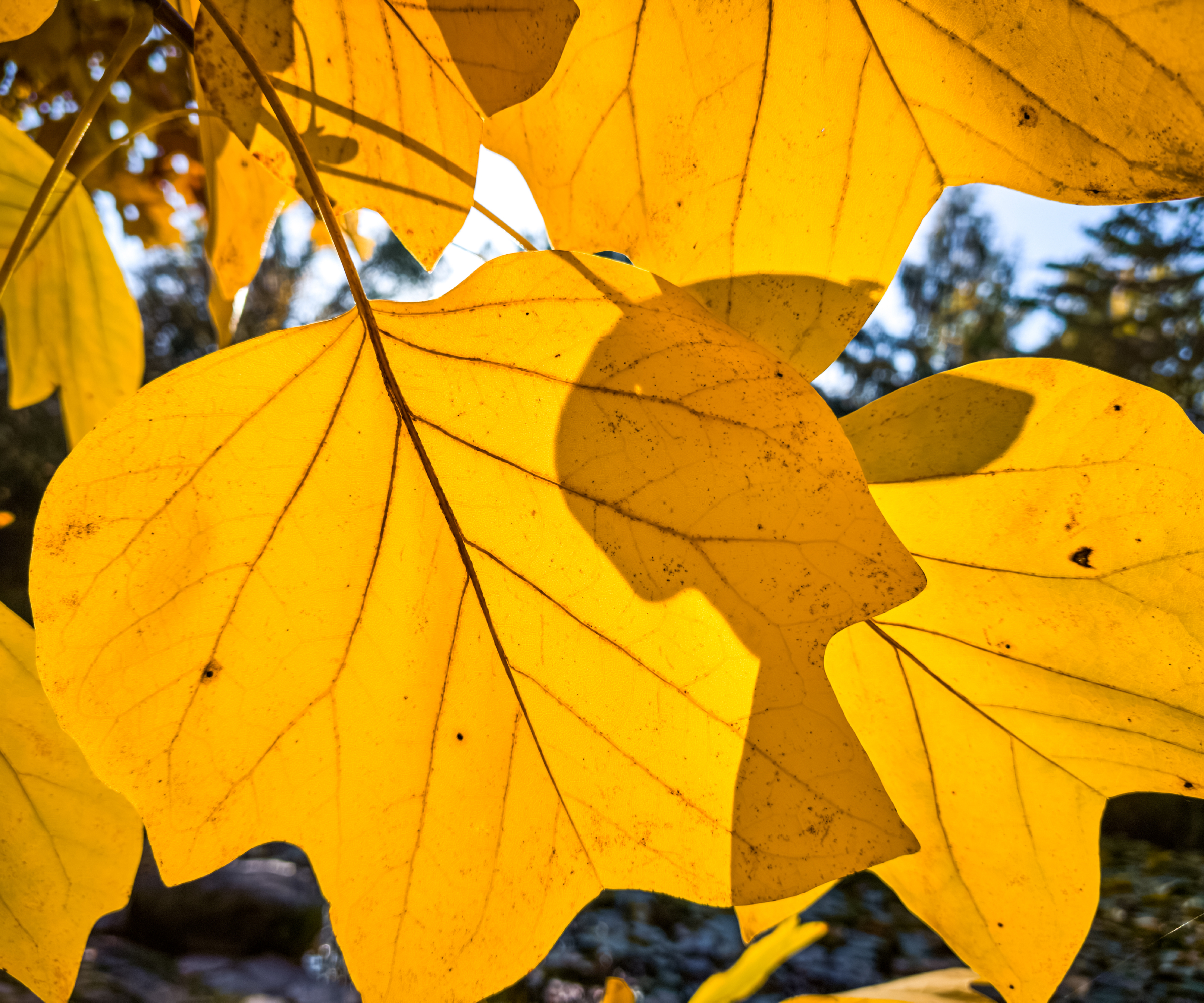
Though many new growers wonder whether or not tulip tree flowers should be deadheaded, most find the process unnecessary. Most pruning tasks are done only on an “as needed” basis, rather than a part of seasonal maintenance. The removal of dead or damaged branches may be required, however, in the case of both new and mature trees. Trimming may also be needed to maintain the desired shape, with growers cutting through late winter, while plants remain dormant.
Propagation
Among the easiest ways to propagate tulip trees is by seed. The process begins in spring, when mature specimens, approximately 12-15 years of age, burst into bloom. Large flowers are a favorite among honey bees, which help to pollinate them. Developing seeds continue to grow over the course of several weeks, kept safely within a large, cone-like structure called a “samara.”
When the time is right, each samara will begin to open, allowing seeds to drop to the ground. Those hoping to collect their own seed should remove pods from the plant before this occurs, when each has dried. A brief period of stratification will then be needed, with most growers choosing to plant the following spring.
Varieties
Tulip trees are often confused with the tulip magnolia (Magnolia x soulangeana) which is another name used for saucer magnolias. As the two species differ greatly, understanding the requirements of each will be key to their growth and the selection of that which is most appropriate for the home landscape.
While gardeners can expect most tulip poplar trees to reach an impressive size, several smaller cultivars are available to home growers. This includes varieties such as ‘Arnold’ and ‘Ardis.’
This article features products available from third-party vendors in the Gardening Know How Shop.
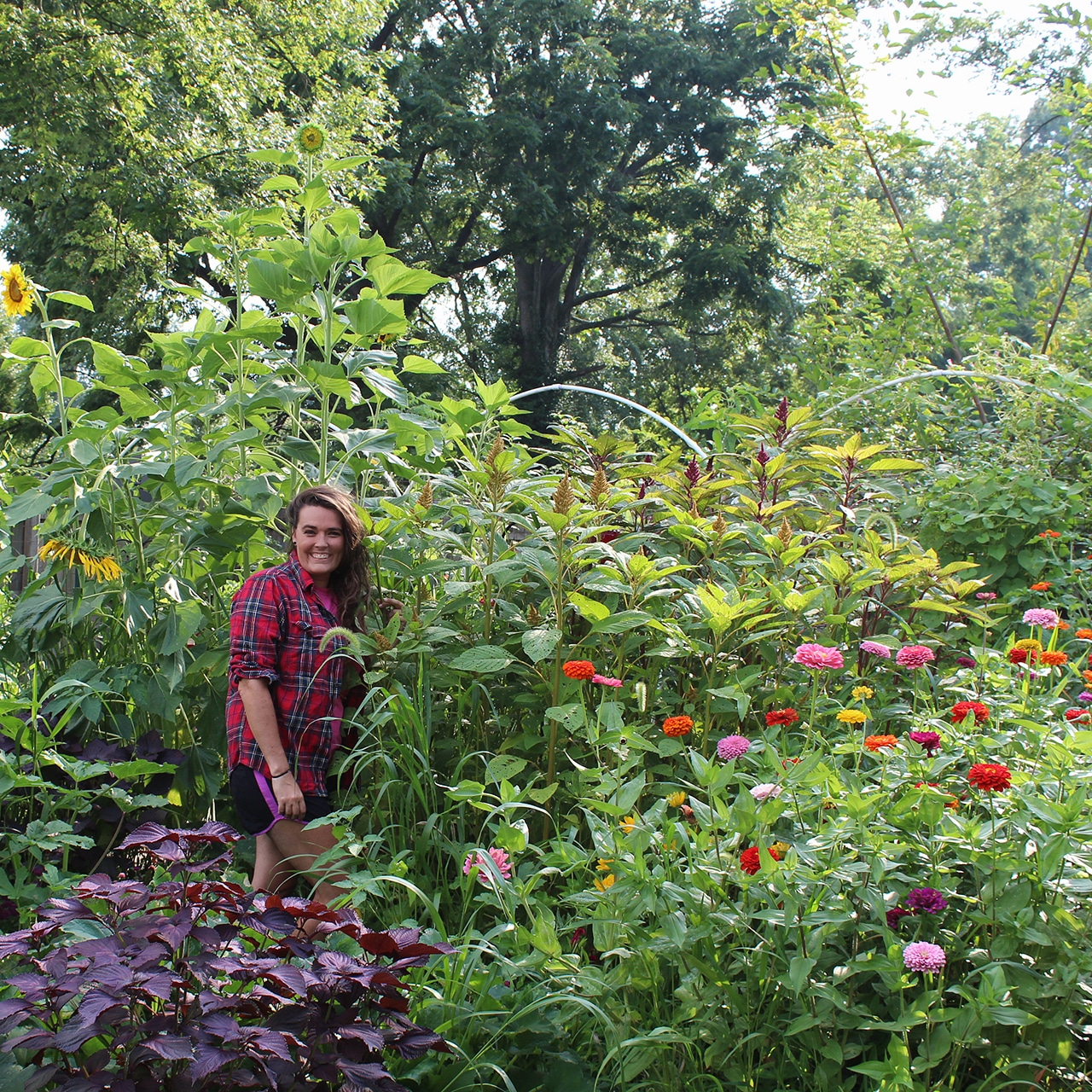
Tonya Barnett has been gardening for 13 years. Flowers are her passion. She has transformed her backyard into a cut flower garden, which she regularly chronicles on her YouTube channel http://www.youtube.com/@tonyawiththeflowers.